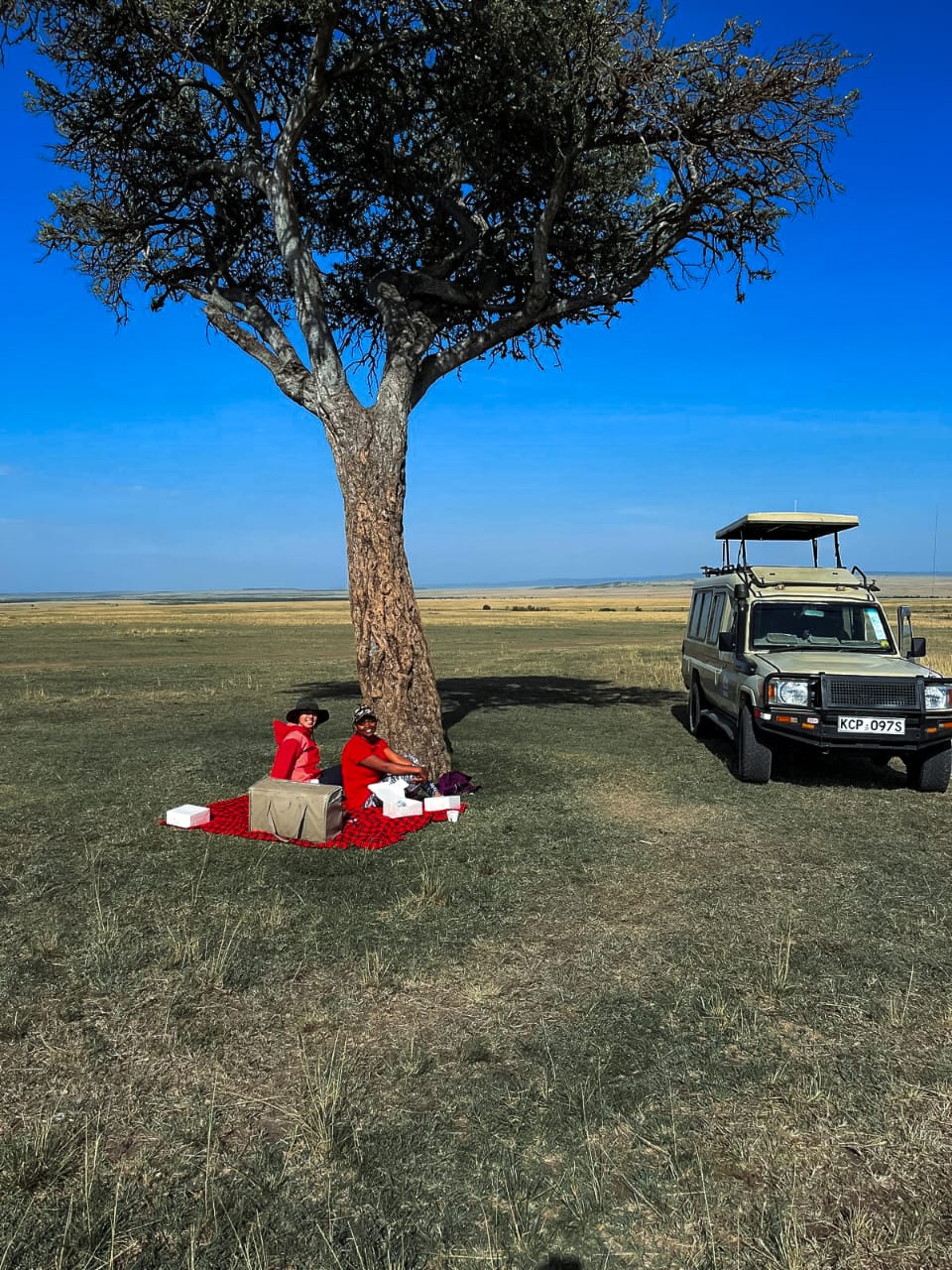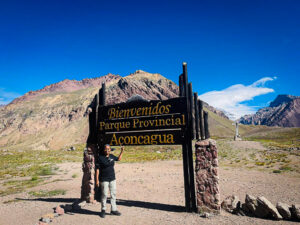The Maasai Mara, located in southwestern Kenya, is one of the most renowned wildlife reserves in the world. Spanning over 1,500 square kilometers, it is a part of the greater Serengeti ecosystem and is famous for its rich biodiversity and stunning landscapes. The Maasai Mara is perhaps best known for the Great Migration, a spectacular annual event where millions of wildebeest, zebras, and gazelles move in search of greener pastures, crossing the Mara River in a dramatic display of nature’s raw power and beauty.












In addition to the migration, the Maasai Mara is home to an incredible array of wildlife, including the Big Five: lions, elephants, leopards, rhinos, and buffalo. The vast savannahs, dotted with acacia trees and rolling hills, provide a perfect backdrop for witnessing these majestic animals in their natural habitat. The reserve is also rich in Maasai culture, with opportunities to learn about the traditions and way of life of the Maasai people, who have lived in harmony with the land and its wildlife for centuries.
Whether you’re on a game drive at sunrise, floating above the plains in a hot air balloon, or visiting a Maasai village, the Maasai Mara offers an unforgettable experience that captures the essence of wild Africa. It’s a place where nature’s beauty and the resilience of its inhabitants converge, offering a glimpse into the delicate balance of life in the African wilderness.
The Maasai people, one of Kenya’s most iconic indigenous tribes, are renowned for their vibrant culture and unique traditions. Among their most captivating cultural practices is the adumu, commonly referred to as the Maasai jumping dance. During this ceremonial dance, young Maasai warriors, known as morans, gather in a circle, chanting rhythmically as each takes turns leaping high into the air. The height of the jump is a display of strength, agility, and endurance, with the highest jumpers earning great respect and admiration. The adumu is not only a demonstration of physical prowess but also a celebration of Maasai identity, symbolizing their deep connection to their land and their communal spirit. This tradition, passed down through generations, remains a powerful expression of Maasai pride and cultural heritage.






🇰🇪